Cragar S/S: Legendary roller remains a modified-car must
Who would have known that a small Southern California business that sold airplane engines and Model A cylinder heads would go on to make one of the most enduring American aftermarket wheels?
In 1930, Crane Gartz founded the Cragar Corporation, deriving the name from the first three letters of his first and last name. The company struggled through the Great Depression and it was eventually bought out by Bell Auto Parts founder George Wight three years after its founding.
Roy Richter, a young fabricator and race car driver working for Wight, mortgaged everything he owned to buy the Cragar Corporation in 1955. He renamed it the Cragar Equipment Company. Richter capitalized on the growing demand for speed parts from the hot-rodding scene by producing superchargers, intake manifolds, and headers.
In 1962, Richter set his sights on creating a strong and stylish aftermarket wheel to fill a market void. At the time, most hot-rodders were still using steel wheels, wire wheels, or if they had the cash, Halibrands. The Cragar S/S went on sale in 1964, and the instant demand foreshadowed the outsized legacy the wheel would have on American car culture.

Unlike other contemporary “mag” wheels that were sand cast from magnesium (and later from aluminum despite the name), the Cragar S/S utilized a unique, two-piece construction. The wheel centers were die cast—a process that uses a steel mold which a molten alloy is poured into under high pressure—from aluminum and embedded with steel lugs. These lugs were then welded to the steel wheel barrels once the centers were in place. Cragar’s manufacturing process for the S/S, along with the bell-bottomesque flare of the spokes, made for a strong, albeit heavy, wheel.
The S/S was initially available in 14- and 15-inch diameters. The wheel’s widths ranged from as narrow as 4 inches for drag racing front-runners and as wide as 10 inches to fit fat slicks. While the most iconic variant of the S/S was fully chromed, the centers were available in polished aluminum as well as a shot peened finish called the “Sparkler.”
Because of their strength, the S/S was used heavily during the golden era of drag racing in the ’60s and ’70s. Drag racing legends such as Dick Landy, Shirley Shahan, and Bill Jenkins ran the S/S on their factory-backed Dodges and Chevys in the Super Stock class. Gassers and the occasional funny car from the period also used the S/S as rolling stock.
Cragar’s iconic five-spoke wheel could handle lateral g-forces as well. Pioneering land-speed racer Ak Miller ran the S/S wheels on his Pikes Peak racer in 1964. Dubbed the Cobra Kit Special, Millers car was a Frankenstein combination of a Devin body, AC Bristol chassis, and a Shelby Cobra 289-cubic-inch V-8. It finished runner-up to Bobby Unser’s Lotus-Climax in the sports car class that year.
With racing success came popularity on the street. The Cragar S/S appeared in droves on muscle cars, hot rods, and weekend-warrior drag cars shortly after it was released. You still can’t go to cruise-in, diner, or car show without seeing Cragar’s famous five-spokes.
Pioneers of the nascent lowrider and custom scenes also adopted the S/S. The Gypsy Rose, one of the most famous lowriders (and an inductee to the National Historic Vehicle Register), as well the Love Machine, the hydraulic-equipped ’64 Impala featured in Cheech & Chong’s Up in Smoke, rocked Richter’s chromed creation. Ed “Big Daddy” Roth—founder of the Kustom Kulture movement and creator of Rat Fink—used the wheels on his futuristic Mega Cycle show car. In the 1970s, vans with wizard murals and porthole windows rolled on wide Cragars.
Cragar still sells the S/S today, with a couple of variations to suit both modern and vintage rides. The original 14- and 15-inch sizes are available along side a 17-inch version. At some point, Cragar flattened the profile of the spokes from their prior rounded design, so acquiring an older set is a must if you are dead-set on your wheels being period-correct. Luckily, a quick scan of eBay and the local classifieds reveals that vintage Cragar S/S wheels don’t seem to command a premium over a new set. As with any vintage wheel purchase, be sure to lookout for cracks, bends, and curb rash. The chrome finish, if neglected and left out in the elements, can succumb to corrosion, pitting, and flaking.
Whether you go vintage or buy new, the Cragar S/S is hard to beat as the perfect complement to your muscle car, custom van, gasser, or lowrider. Long-live the five-spoke!
Check out the Hagerty Media homepage so you don’t miss a single story, or better yet, bookmark it.
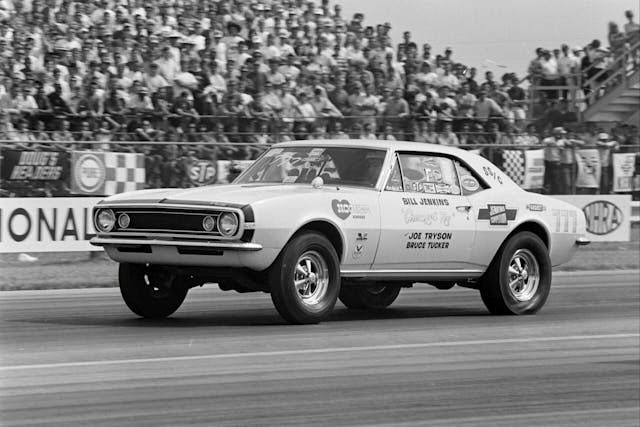
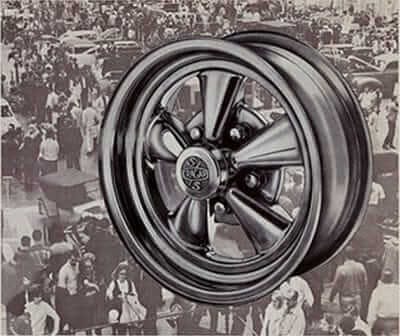
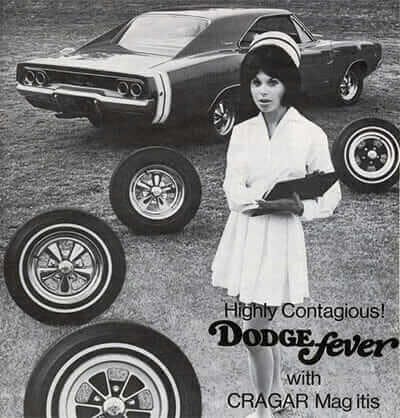
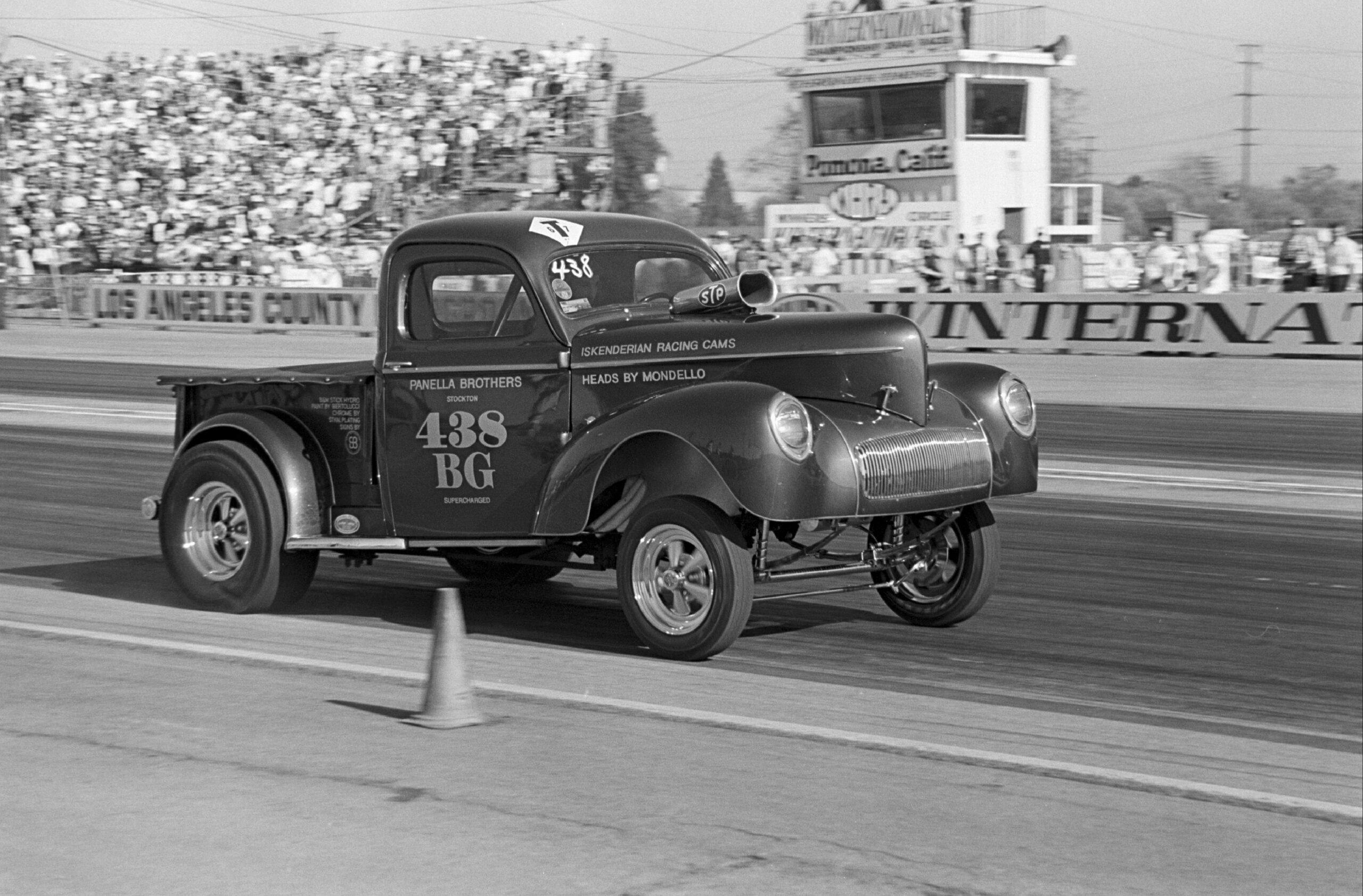
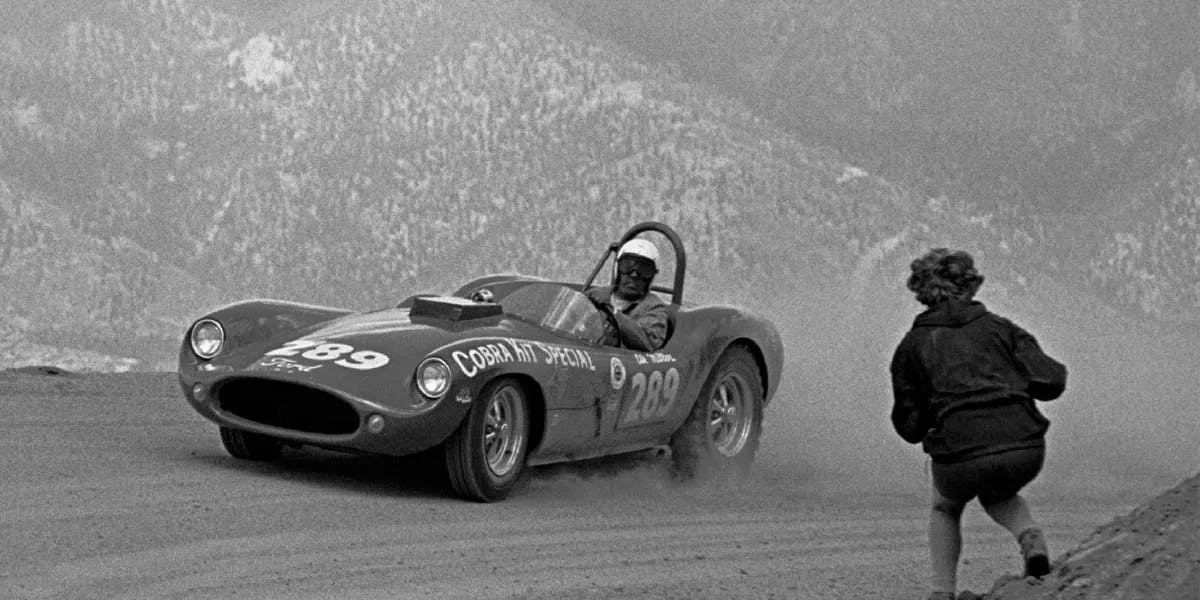
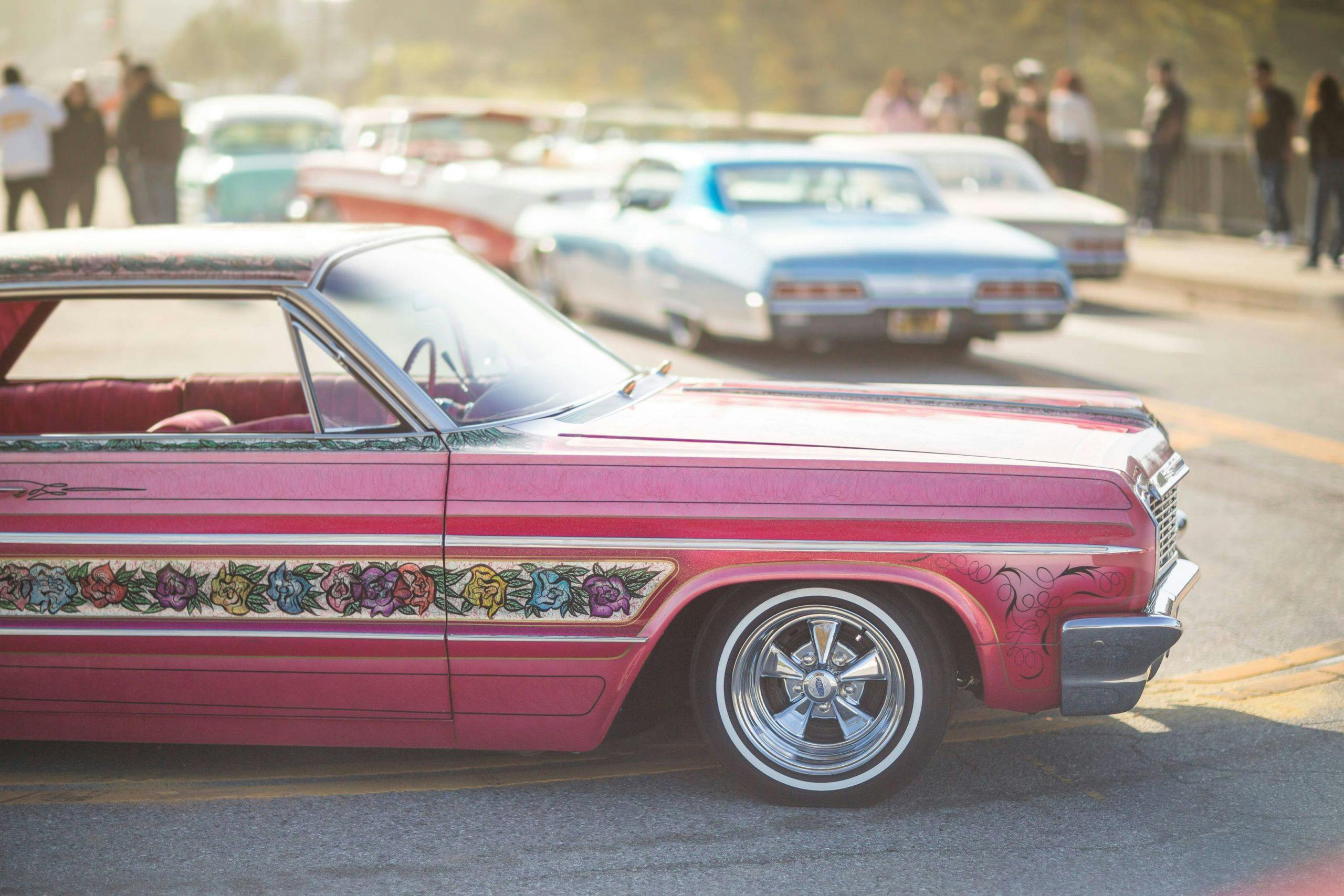
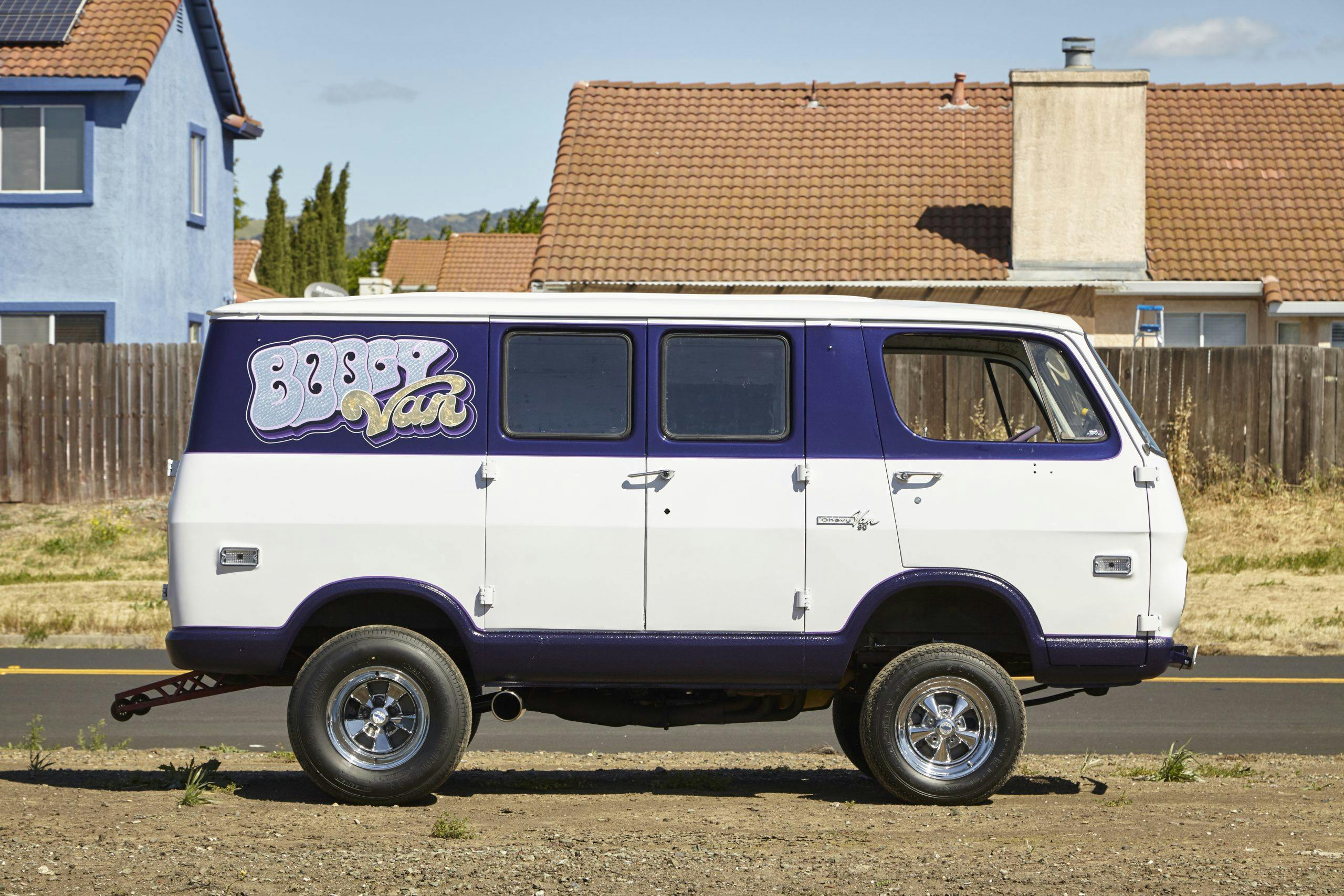


My first car was a 1972 Chevelle 350 4BBL 4-speed with a 3:31 Positraction. One of my older brothers bought it brand-new when he came home from Viet Nam. He promptly pulled the factory wheels and went with 14 X 7 Cragar S/S mounting the equally iconic Goodyear Polyglas RWL F-70’s in the front and G-70s in the back. When I turned 16 in 1978 I bought it from him with 49K on the odometer. Those “Crackers” looked sharp! We still have the car today. It has 150K on it now, and we freshened it up with an LT1 and a 5-speed conversion. I’ve had other Chevelles since (including a 402 4-speed ’72 SS convertible that I had from 1982 to 2021) but my first one is still something special. At some point it’ll get a new set of Cragars, too.
i seen it run,
I always liked the Parnelli Jones US Indy mags. I had them on my first Mustang and have them on my current one
About 10 years ago, I was looking for a used, “beater” pickup as a 3rd vehicle to do some light hauling and weekend trips to Lowe’s and Home Depot. The Ford dealer in the next town over had a ‘98 Ranger XLT regular cab flairside for sale. Arriving at the dealer, from 30’ away I spied the Cragar S/S wheels. Bought the truck for cash right then and there. I was really buying the wheels!
I have never seen a car that did not look good with cragars. they can make anything look better.